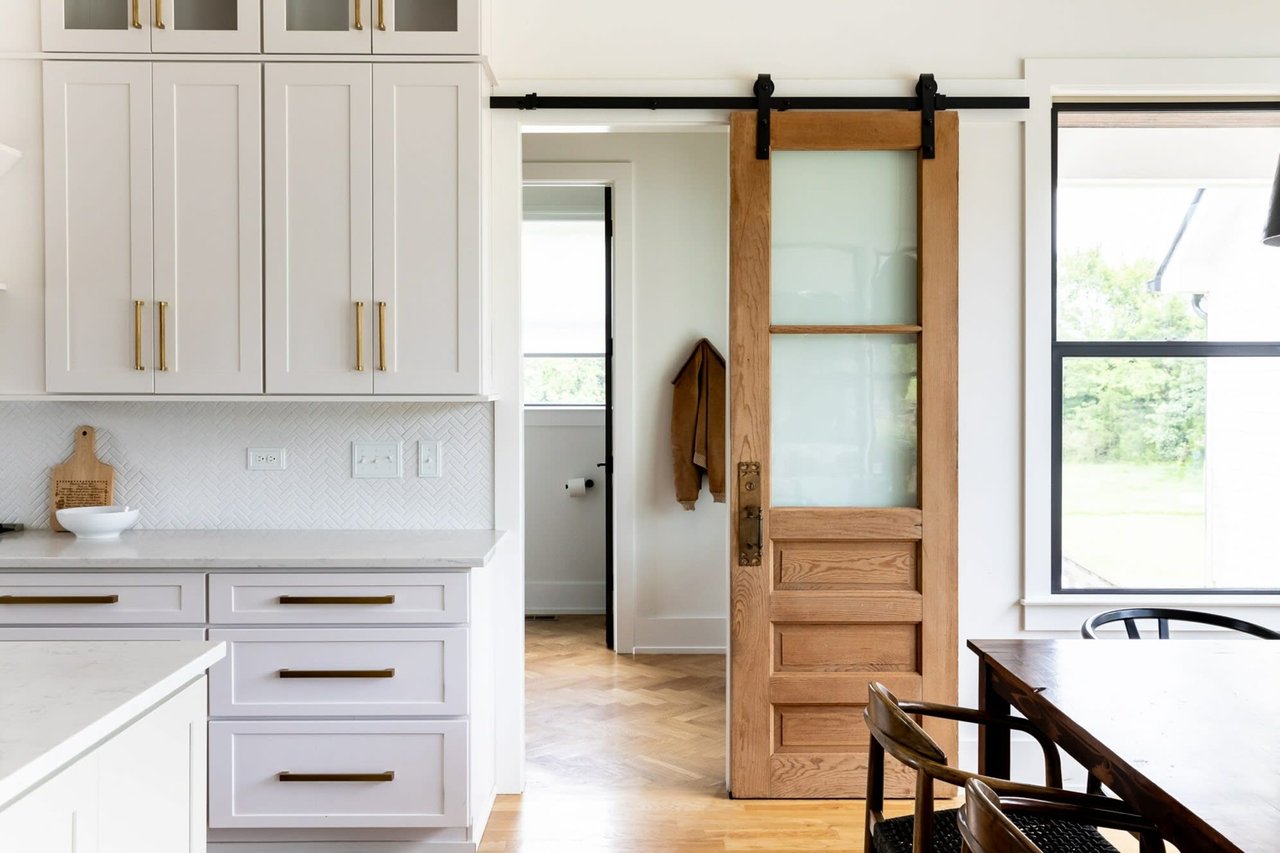When buying a home, you might find yourself asking a curious question: What am I actually purchasing? The impetus of this question is the difference between “real” and “personal” property, as it pertains to a real estate transaction. For first time buyers- and especially first-time sellers- you might be surprised to find out what is and isn’t included in the purchase of a home. If you’re confused between the differences, I’ll try to make it simple.
Real Property is the land itself, and anything permanently attached to it and immovable. This would include the home, along with any other buildings or structures, like a detached garage or barn. It also typically includes fixtures inside the home, such as lighting, faucets, built-in appliances, and systems such as the air conditioner or central vacuum system, built-in garage storage and racks, tv-wall mounts and even curtain rods.
Personal Property includes everything else you might find in a home, such as furniture, home décor like paintings and rugs, and even some appliances. For example, a refrigerator or stove that is not built-in may be considered personal property and not considered part of the sale, while a built-in refrigerator or wall mount oven would be considered a part of the real property and included in the sale.
Why does it matter? For the seller, they want to make sure they’re not taking something that ultimately would convey to the new owner; and for buyers, they want to know everything that’s included in the sale of the home. If a home does not come with a washing machine and dryer, a buyer may need to factor that into their willingness to buy, or negotiate on the price. Misunderstandings can often arise over items that aren’t so clearly sorted into either category, such as a free-standing outdoor kitchen BBQ setup, or a wall-mounted television. There have been instances where these misunderstandings have stalled out purchases and even resulted in the loss of a sale.
How to avoid this problem: The seller can indicate in the initial contract the items they want to take with them. For instance, if there is a specific chandelier they plan to take to the new house, it should be indicated in the initial documents that this item is not included. As a buyer, if you are interested in an item that could be considered either type of property, be sure to bring it up. Sellers can provide a list of any and all items intended to be left with the home, and buyers can even negotiate to buy any items not included (say for example, they’re very fond of a particular piece of furniture).
At the end, both buyer and seller need to be happy with the terms and conditions of the purchase before signing on the dotted line. This way, both parties have a clear understanding of the sale and the buyer does not plan a family BBQ on move day and find it gone.
